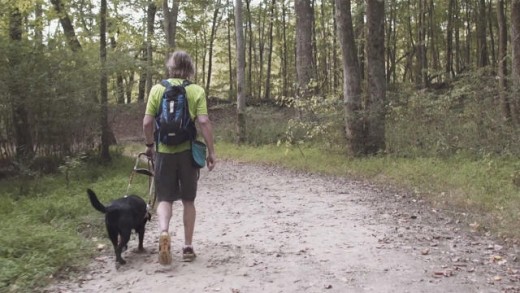How fb Is the use of AI to lend a hand bring photographs To life For The Blind
New AI know-how can interpret the content material of images and provide extra context than used to be that you can think of ahead of. but there is nonetheless a long option to go.
October 16, 2015
Trevor Thomas is a qualified hiker. Heading out on some of the usa’s most famous trails together with his canine, Tennille, for treks of up to six months is par for his direction, and as he blows in the course of the miles, he frequently updates his many enthusiasts and followers with images and videos of his exploits.
There’s just one capture: Thomas is blind.
“When folks first began talking about fb, being blind, I didn’t take into account it,” Thomas remembers in a brand new fb stories video about his use of the social network. “Why would i use this? i will’t see the photographs. I don’t care. however now, i will be able to’t have in mind what i would do with out it.”
With varying levels of success, many internet firms have made it that you can imagine for blind individuals to engage with their services and products, mainly by way of converting text to speech for what are called display readers.
four years in the past, facebook launched an Accessibility initiative, spearheaded by way of undertaking lead Jeff Wieland. Over that point, the group has labored on the way to improve facebook’s usefulness for the blind, the deaf, and other people with other disabilities. with regards to helping the blind navigate fb, a primary focus has been translating the provider’s menu and button structure for monitor readers.
“We want to make accessibility a part of the whole lot we construct,” Wieland tells fast company. “We worked intently with [our] Infrastructure workforce to ensure [core components like menus, buttons, and links] are designed with accessibility in thoughts.”
Dominated by means of visible content
When facebook first launched in 2004, it was largely about sharing text-based totally data. through the years, though, it has change into the sector’s largest repository of images, and most of fb’s 1.5 billion users’ information feeds are actually dominated with the aid of images and movies. except just lately, there used to be nothing even the most subtle monitor readers may do with that visual content material.
Now, facebook has begun the use of synthetic intelligence to complement blind customers’ experiences, developing algorithms that routinely interpret some pictures and videos into spoken words that supply blind users context that had now not been conceivable sooner than.
as an instance, whereas a sighted particular person would haven’t any hassle understanding the impression of a photo of a stunning sundown over San Francisco Bay, a blind individual would get nothing out of it with out additional context. With facebook’s AI technology, alternatively, their reveal reader might inform them this: “This image may just include ‘nature, out of doors, cloud, grass, horizon, plant, [or a] tree.’”
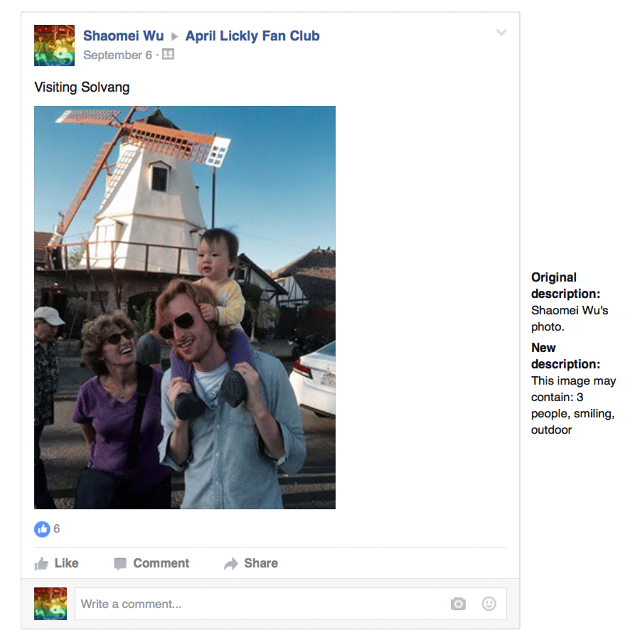
every other example is of a couple with their youngster outside a Solvang, California restaurant and its famous windmill. The AI system offered this context for the picture: “This picture may just contain 3 individuals, smiling, out of doors.”
These interpretations clearly don’t inform the entire story, but they do fill in probably the most blanks without handbook assist, and for someone like Thomas or Matt King, fb’s first blind engineer, and a member of its Accessibility group, that will make an international of distinction.
“For the longest time, should you posted a photo, [Facebook] wouldn’t do anything for me,” says Thomas, whose facebook stories video is tied to his recent hike alongside the Appalachian trail. “Now, if any person posts a photo to fb…all i’ve to do is click on it and it describes it. That’s so empowering, to not need to ask any individual to interpret what any individual has despatched me.”
As a fb worker, King clearly has a bias. but as a blind user of fb himself, as well as a all over the world web Consortium (W3C) editor and authoring-practices activity drive chair for the link available wealthy internet functions (ARIA) technical specification, he has an hobby in the experience getting higher—and he lauded the appliance of AI to accessibility.
“It takes it from zero p.c to maybe at least half of the level of enjoyment,” King says, “which is enough to…enable me to get engaged in ways that weren’t previously that you can think of to do.”
Connecting the world, including The 20% who are Disabled
for those who’ve ever heard fb founder Mark Zuckerberg speak about his company’s mission—connecting the entire world—making use of AI to fb’s efforts to convey its carrier to the blind and other disabled individuals fits proper in.
“For 20% of the sector, if you do not make things accessible, they are going to not join,” says King. “That’s over a billion folks, and that’s definitely counter [to our mission]. To now not include these individuals would be a big mistake.”
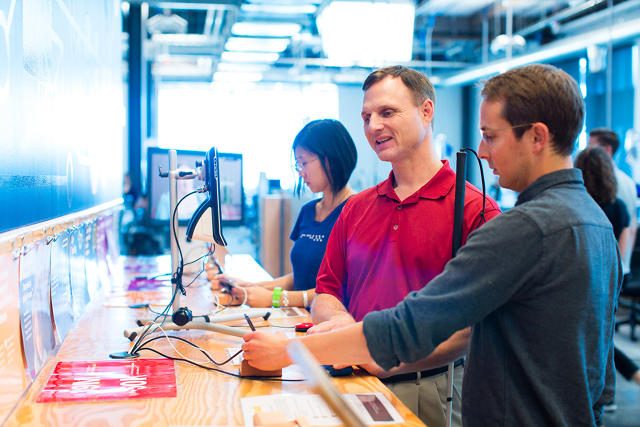
King, who joined facebook in June after greater than twenty years at IBM, most recently as senior technical lead for IT Accessibility for IBM administrative center, knows firsthand how “extraordinarily isolating” a disability can also be.
to be sure, there’s a business case for fb and different web firms to enhance their products and services for the blind, on condition that doing so would doubtless bring in many more users, and dramatically increase doable earnings. Wieland acknowledges that the goals of his Accessibility group should not completely altruistic.
To King, though, that doesn’t matter.
“It’s so mission-driven,” King says. “I don’t think anybody can say the main driver is industry, or the main driver is altruism. as a result of making the world more open and extra linked is [Facebook’s] core mission, you truly can’t separate accessibility from that mission.”
Or, he brought, “stated otherwise, you couldn’t presumably fulfill that mission with out working on accessibility.”
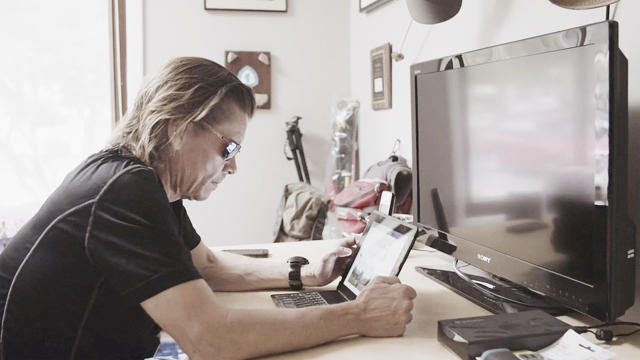
Lean more On The Social facet
not people are enamored of facebook’s ongoing accessibility efforts.
“There are constant accessibility barriers, and constant monitor reader incompatibilities, says Joshua Miele, director of the Video Description research and development heart at the Smith-Kettlewell Eye analysis Institute. “There are little options that you both can’t use, or that are extremely difficult to make use of, things that don’t behave in an anticipated method and lines you merely can’t get to with a display reader. That’s a bigger drawback than using sexy AI expertise…to label videos and pictures.”
asked about Miele’s issues about the consistency of facebook’s accessibility options, Wieland answered that the company repeatedly works to make its reveal reader expertise better and bargains a variety of navigation features, equivalent to semantic headings, ARIA landmarks, and keyboard shortcuts for Apple and high windows monitor readers.
“we are privy to areas where screen reader navigation and interplay usually are not yet as simple as we want them to be,” Wieland says, “and have a roadmap for growing the same degree of enjoyment for all individuals who want to connect with our merchandise.”
Miele, blinded in a tragic childhood physical assault, thinks the true power of fb is in its social options and its huge community, and argues that the nuance of, say, a photograph of a beaming couple at their wedding ceremony, can’t yet be captured by technology. He thinks facebook would do its blind users a much bigger carrier by working to make stronger the ways customers add descriptions or request descriptions, or even have discussions about photograph descriptions.
“What we’re speaking about is profiting from this social platform,” Miele says, “to be sensible about how descriptions are generated. You don’t want an automated gadget producing descriptions for these social artifacts….you wish to have the group, the social shoppers, and the friends of the media owner to be offering feedback and descriptions.”
King says fb would really like to have extra users providing more descriptive context in regards to the visible content they or their chums post.
“now we have studied different solutions that crowdsource this sort of provider,” King says, cautioning that different options are needed as smartly. “while such processes have their very own advantages, there are significant obstacles on how they can be implemented and used in addition to to how smartly they may present accessibility to content at fb’s scale.”
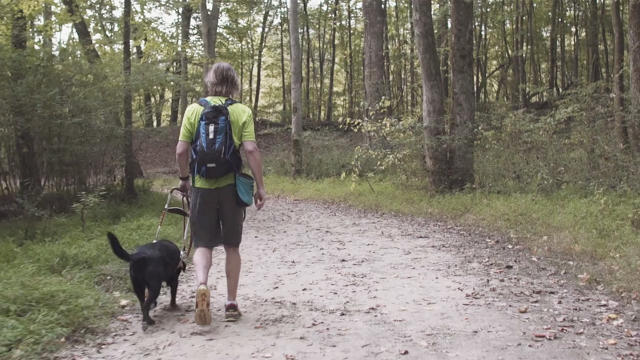
while it’s in no way excellent at this level, King provides, artificial intelligence expertise “that may provide automated captioning is now at some degree where we are assured it complements the social instruments we offer and is among the most promising keys to a future the place all content is fully obtainable.”
For his section, Thomas appreciates the freedom fb’s algorithms supply him given that the thing that’s most “taken away while you’re blind is your independence.”
In his video Thomas notes that having the ability to post photos and movies and make feedback on fb without having to ask somebody for assist is a highly empowering experience.
“If there wasn’t any facebook, and i didn’t have fans and followers that cared about our expeditions,” Thomas says in his video, “I wouldn’t get to keep difficult myself. So fb is gas for the engine to get me to my objectives.”
quick company , read Full Story
(70)

